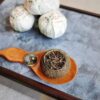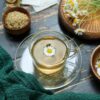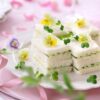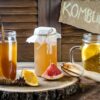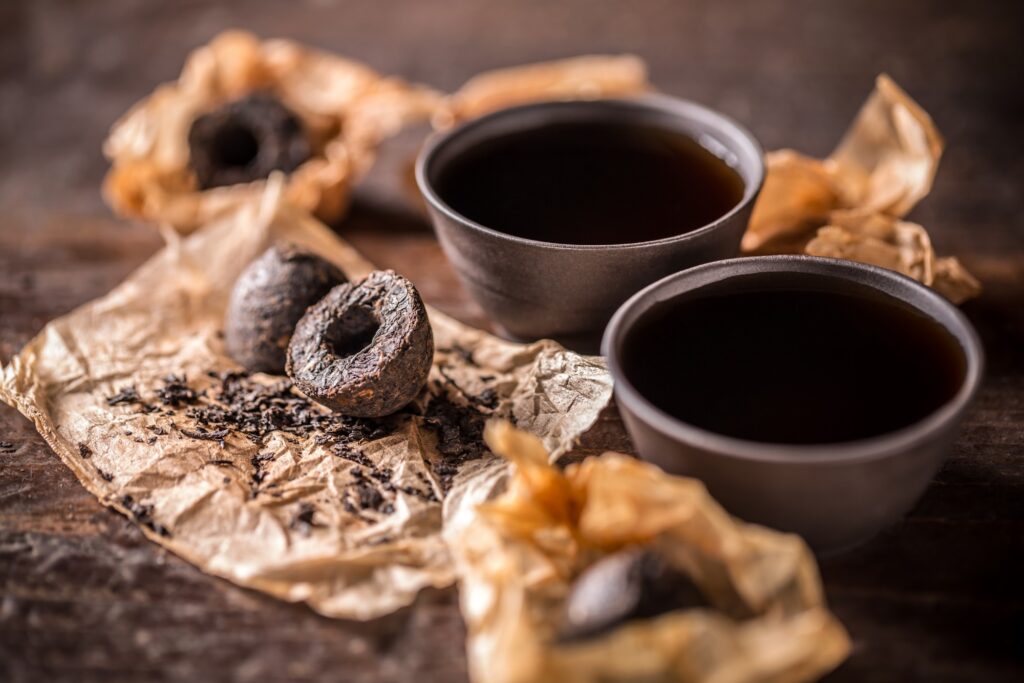
Hidden away in the lush mountains of far-flung regions, there exists a world of tea that is as rare as it is enchanting. Journey with us as we uncover the hidden gems of the tea world and delve into the mysteries of the rarest teas. From the verdant hills of Darjeeling to the misty gardens of China, we will take you on a tantalizing exploration of these extraordinary teas and the stories behind them.
Each sip of these precious brews offers a glimpse into a rich heritage and centuries-old traditions. The rareness of these teas lies not just in their limited supply, but also in the painstaking processes involved in their cultivation and preparation. From the plucking of delicate leaves to the precise timing of oxidation, every step is a labor of love by passionate artisans.
Join us as we unveil the secrets of collectors’ favorites like the Da Hong Pao tea, known as the “King of Teas,” and the elusive Gyokuro tea, grown in the shade to enhance its unique flavor. Discover where to find these rare teas and how to unlock their hidden complexity, indulging your senses in the world of tea connoisseurship.
Prepare to be transported to a realm where tea leaves tell a tale of beauty, rarity, and the unending pursuit of perfection. So, grab your teapot and embark on a journey like no other, as we explore the world’s rarest teas.
The history and significance of rare teas
Tea has been a cherished beverage for centuries, celebrated for its soothing properties and captivating flavors. But beyond the everyday brews, there are rare teas that hold a special place in the hearts of tea enthusiasts. These teas are not only exceptional in taste but also steeped in rich history and cultural significance.
In ancient China, tea was considered a luxury reserved for the wealthy and noble. It was during this time that rare teas started to emerge, cultivated in small quantities and meticulously processed to create an unparalleled drinking experience. The rarity of these teas made them highly sought after, with connoisseurs willing to pay a premium for a taste of their exquisite flavors.
Throughout history, rare teas have been treasured for their unique characteristics and health benefits. Some teas were even served as tributes to emperors and dignitaries, symbolizing honor and respect. Today, these teas continue to captivate tea drinkers around the world, offering a glimpse into the past and a taste of the extraordinary.
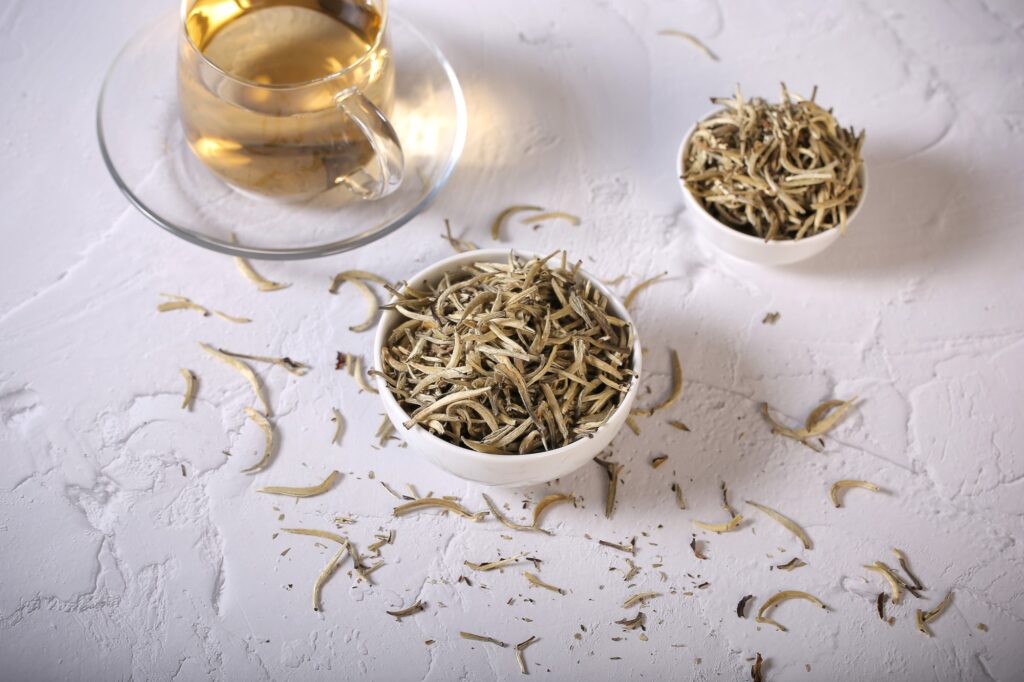
Types of rare teas and their unique characteristics
The world of rare teas is as diverse as it is fascinating, with each tea offering its own distinct flavors and aromas. From the robust and earthy Pu-erh tea to the delicate and floral White Peony tea, there is a rare tea to suit every palate.
One of the most prized rare teas is the Da Hong Pao, also known as the “King of Teas.” Grown in the Wuyi Mountains of China, this tea is renowned for its complex flavors, ranging from fruity and floral to woody and roasted. Its scarcity and high demand have made it one of the most expensive teas in the world, with some varieties fetching astronomical prices.
Another rare tea that holds a special place in the hearts of tea connoisseurs is the Gyokuro tea from Japan. Grown in the shade to enhance its unique flavor, this tea is characterized by its vibrant green color and rich umami taste. Gyokuro is often considered one of the finest teas in Japan, treasured for its delicate balance of sweetness and bitterness.
One of the most sought-after types is white tea, known for its delicate flavors and minimal processing. Among white teas, Silver Needle is considered a rare gem. This tea is made from only the young buds of the tea plant and is harvested for just a few days each year. Its silvery appearance and subtle floral notes make it a favorite among tea enthusiasts.
Rare teas also include black teas, known for their bold and robust flavors. Darjeeling black tea, for example, is grown in the foothills of the Himalayas and has a nuanced taste with muscatel notes. The distinctive terroir of this region, coupled with the skilled craftsmanship of the tea growers, gives Darjeeling black tea its revered status among tea enthusiasts.
Another type of rare tea is oolong tea, which sits between green and black tea in terms of oxidation. Oolong teas are known for their complex flavors and aromas, ranging from floral and fruity to toasty and nutty. The production of oolong tea involves intricate steps, including withering, rolling, and oxidizing, which contribute to its unique profile.
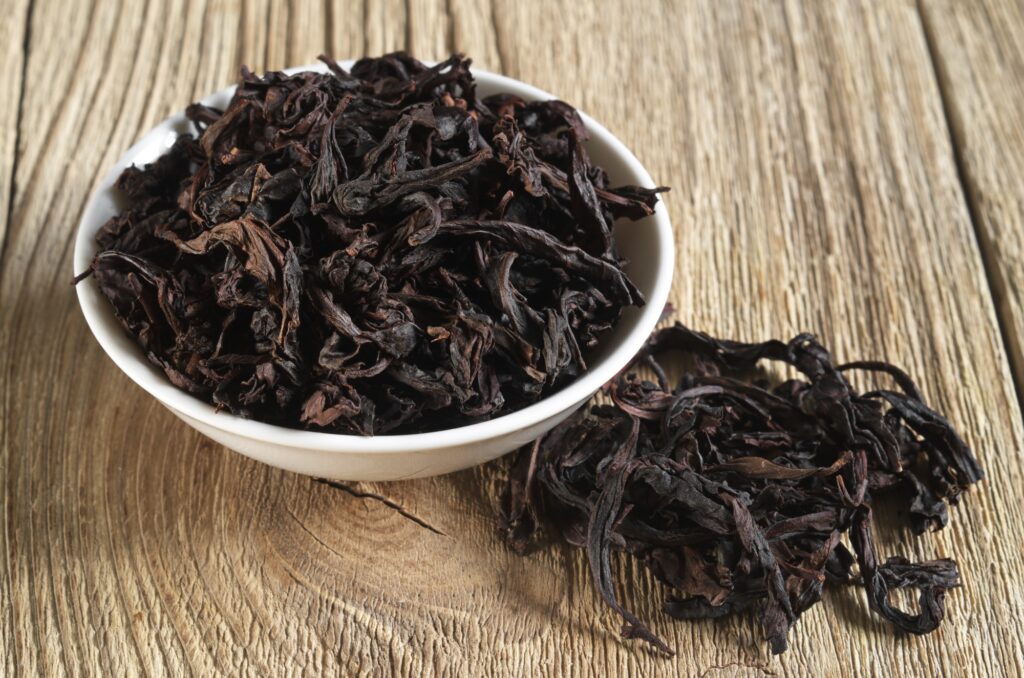
Regions where rare teas are grown
Rare teas are cultivated in specific regions around the world, where the combination of climate, soil, and altitude create the perfect conditions for their growth. These regions are often shrouded in mist and nestled among breathtaking landscapes, adding to the allure of the teas they produce.
One such region is Darjeeling in India, known as the “Champagne of Teas.” Located in the foothills of the Himalayas, Darjeeling’s cool climate and high altitude provide an ideal environment for producing rare teas with a distinctive muscatel flavor. The tea gardens of Darjeeling are carefully tended by skilled artisans, ensuring that each leaf is plucked at the peak of its flavor.
In China, the Fujian province is renowned for its rare teas, including the famous Da Hong Pao. Nestled among the Wuyi Mountains, this region is known for its rocky terrain and unique microclimate, which contribute to the exceptional quality of its teas. The tea gardens of Fujian are meticulously maintained, with generations of tea farmers passing down their knowledge and techniques to preserve the traditions of rare tea production.
Japan is another country known for its rare teas, particularly the shade-grown Gyokuro tea. The tea gardens of Uji, Kyoto, are renowned for producing some of the finest Gyokuro teas in the world. The shading process used to cultivate Gyokuro creates a tea that is vibrant green in color and has a sweet, mellow taste.
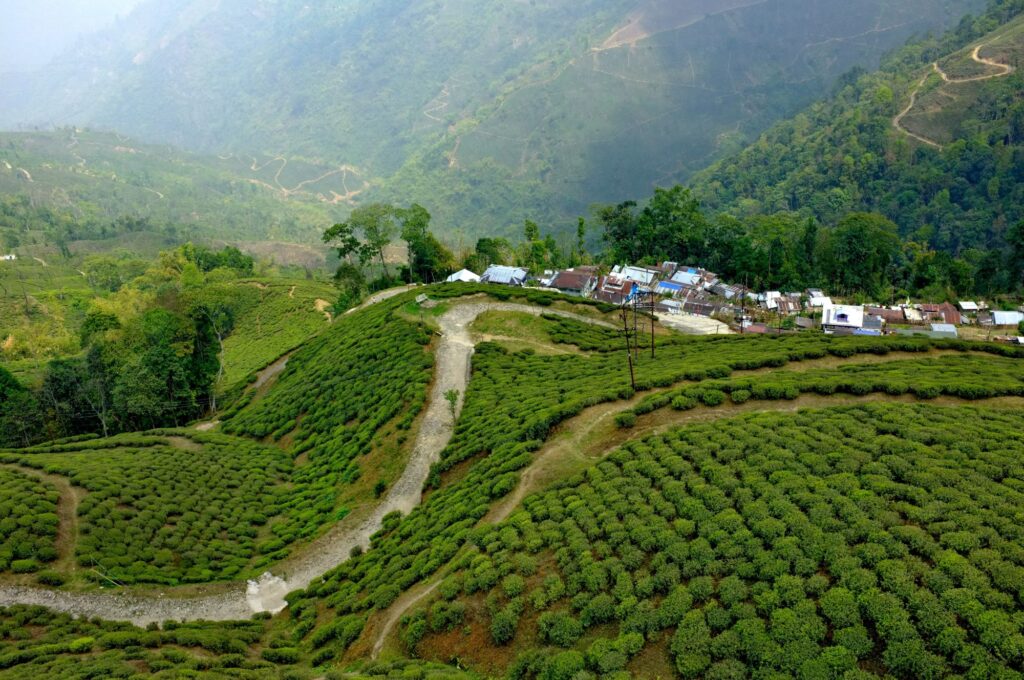
The process of harvesting and producing rare teas
The journey of a rare tea begins with the careful plucking of delicate leaves, often done by hand to ensure the utmost precision. This step requires skill and expertise, as only the youngest and most tender leaves are selected for rare teas.
After plucking, the leaves undergo a meticulous process of withering, rolling, and oxidation, each step carefully timed to bring out the desired flavors and aromas. The level of oxidation can vary depending on the type of tea, with some teas requiring minimal oxidation to preserve their delicate flavors, while others undergo extensive oxidation to develop richer and more robust profiles.
Once the desired level of oxidation is achieved, the leaves are carefully dried to halt the oxidation process and preserve their flavors. This step requires precision and attention to detail, as improper drying can result in a loss of flavor and aroma.
The health benefits of rare teas
Beyond their exceptional flavors, rare teas offer a myriad of health benefits that have been cherished for centuries. These teas are rich in antioxidants, which help to fight free radicals and reduce the risk of chronic diseases. They also contain various vitamins and minerals that support overall health and well-being.
For example, Pu-erh tea is believed to aid digestion and promote weight loss, making it a popular choice among those seeking to maintain a healthy lifestyle. White Peony tea, on the other hand, is known for its calming properties and is often enjoyed as a natural remedy for stress and anxiety.
Additionally, rare teas are often enjoyed for their cleansing and detoxifying effects on the body. The high levels of antioxidants in these teas help to flush out toxins and promote a healthy immune system.
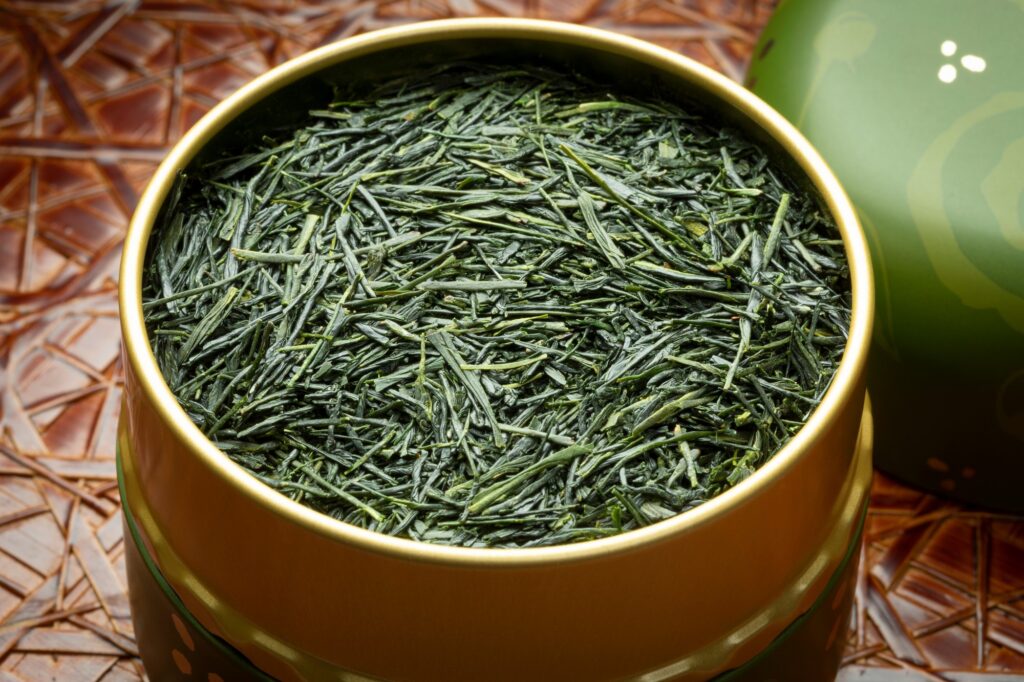
How to properly brew and enjoy rare teas
Brewing rare teas requires precision and attention to detail to fully unlock their hidden complexity. Here are some tips to help you brew and enjoy these exceptional teas:
- Start with fresh, filtered water: The quality of water can greatly impact the taste of your tea. Use fresh, filtered water to ensure the purest flavor.
- Use the right temperature: Different teas require different water temperatures for optimal brewing. Follow the recommended temperature guidelines for each tea to bring out its best flavors.
- Measure the right amount: Use a digital scale or measuring spoon to ensure you are using the correct amount of tea leaves. This will help you achieve a balanced and flavorful brew.
- Steep for the right amount of time: Each tea has its own recommended steeping time. Be sure to follow these guidelines to avoid over or under-extraction of flavors.
- Savor the aroma: Before taking your first sip, take a moment to inhale the aroma of the tea. The fragrance can add another layer of sensory pleasure to your tea-drinking experience.
- Take small sips: When tasting rare teas, take small sips and let the flavors linger on your palate. Pay attention to the subtle nuances and complexities of the tea.
Exploring the world of rare teas
In a world where mass-produced teas dominate the market, rare teas offer a refreshing escape into a realm of unparalleled flavors and histories. From the ancient tea gardens of China to the misty slopes of India, the journey of rare teas is a testament to the dedication and craftsmanship of tea artisans around the world.
As you embark on your own exploration of rare teas, remember to approach each cup with an open mind and a sense of curiosity. Allow yourself to be transported by the flavors and aromas, and savor the stories behind each tea. Whether you’re a seasoned tea enthusiast or a curious beginner, the world of rare teas is waiting to be discovered and enjoyed. So, grab your teapot and embark on a journey like no other, as you explore the world’s rarest teas.

